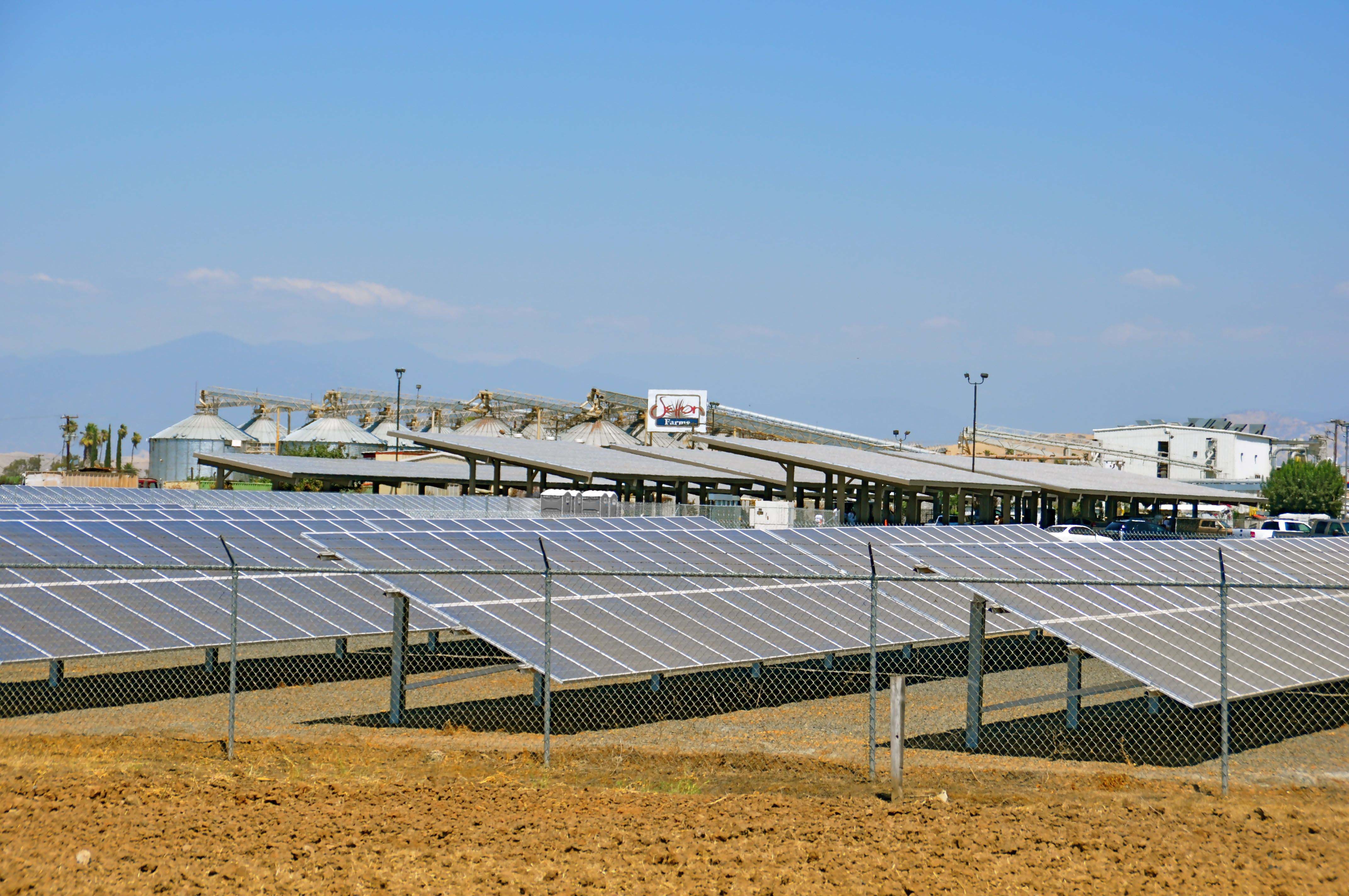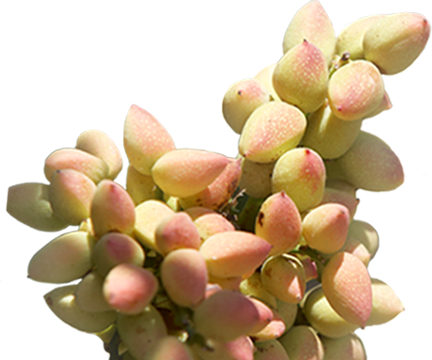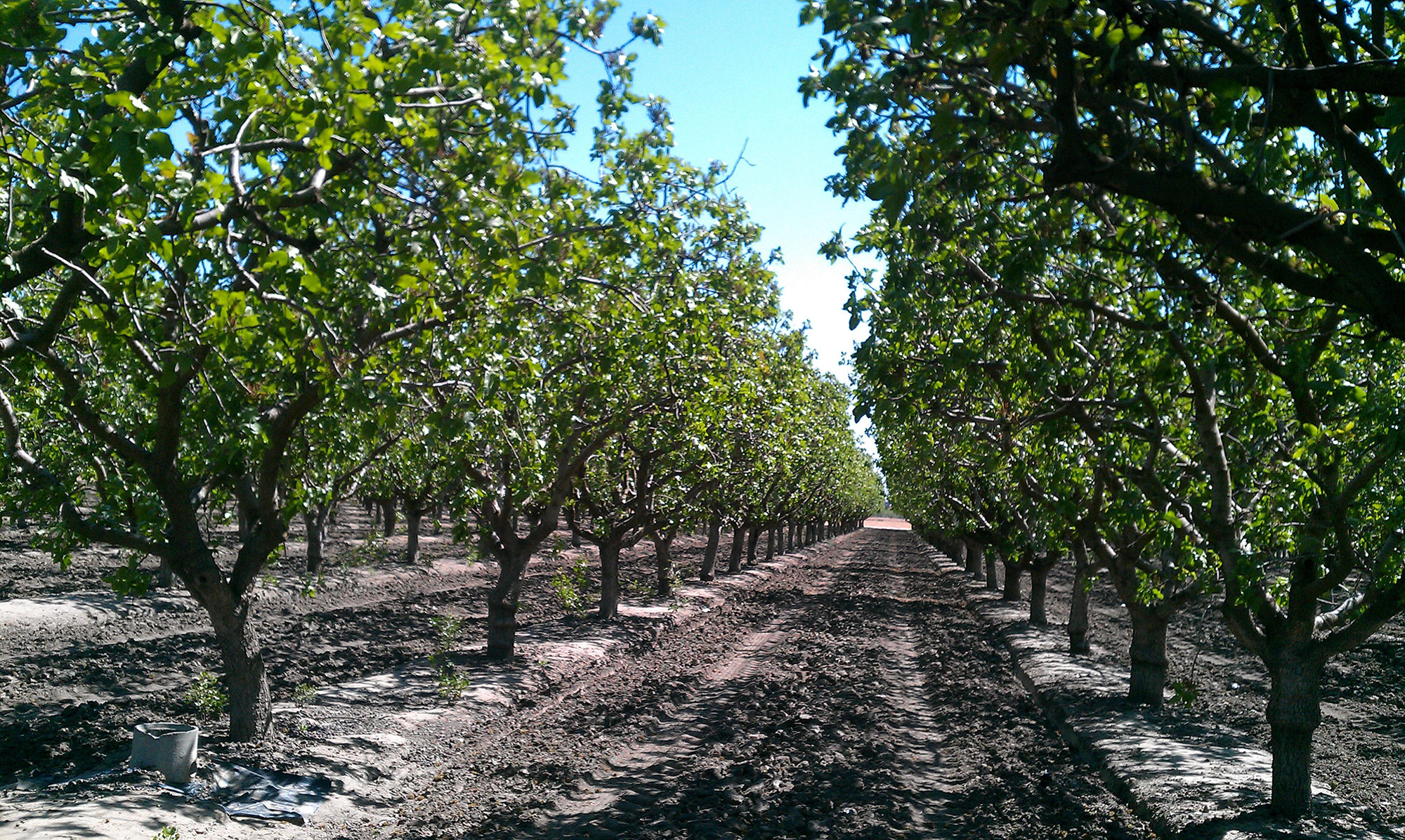American Pistachios: Responsibly Grown
It’s been said among farmers that, while some crops are grown for your family, pistachio trees are grown for your grandchildren. Since it takes five to seven years for an orchard to produce a saleable crop, and because pistachio trees have a very long lifespan, they’re planted with the next generation of farmers in mind, and generations after that. An orchard is a living legacy.Consequently, American Pistachio Growers take great care to maintain the land and its environment so their orchard and the ecosystem around it will thrive well into future generations.
American Pistachio Orchards and Integrated Pest ManagementIn a continuing effort to maintain healthy wildlife habitats, while protecting their crops, American Pistachio Growers' often employ methods of pest control that are designed by nature. These methods are commonly referred to as Integrated Pest Management (IPM). One such effort is to monitor and increase the owl population in orchards for the purpose of coyote control. Coyotes can do serious damage to an orchard. Like any dog, they love to chew. When attracted to an orchard brimming with mice, gophers, and other natural prey, they enjoy a little “recreation time” chewing away at expensive drip irrigation lines. By controlling the population of their natural prey, damage from coyotes can be reduced. Rather than resorting to old “baiting” techniques to reduce the prey, our growers use an IPM method—owls. Owls need a healthy environment to produce healthy chicks. Today’s growers build “owl boxes” in orchards to provide a safe nesting place. Perched atop a high, smooth pole (for good viewing and difficult access for predators), owls can lay multiple clutches of eggs, for successive hatchings, with a high survival rate. Increasing the population of owls has helped to return a balance between the animals that can damage a crop and their natural predators. |
Solar Power of American Pistachios
American Pistachio Growers’ processor members diligently and continually improve their technologies and processes to reduce energy and environmental impact. Some processors have installed solar photovoltaic (PV) systems, producing clean energy to sort, roast and package pistachios.


Pest Control and Plant Nutrition
As any hobby gardener knows, plants need proper nutrition and harmful pests must be controlled. American Pistachio Growers are invested in the research of leading universities, partnering to constantly improve both the quality of their product and the environment in which we live.
Water in the American West
In California, Arizona and New Mexico, water is the most precious natural resource. Issues with water include drought, the high cost of water, legislation limiting water, and an ever-increasing need for more of it to be diverted to high-population urban centers.










